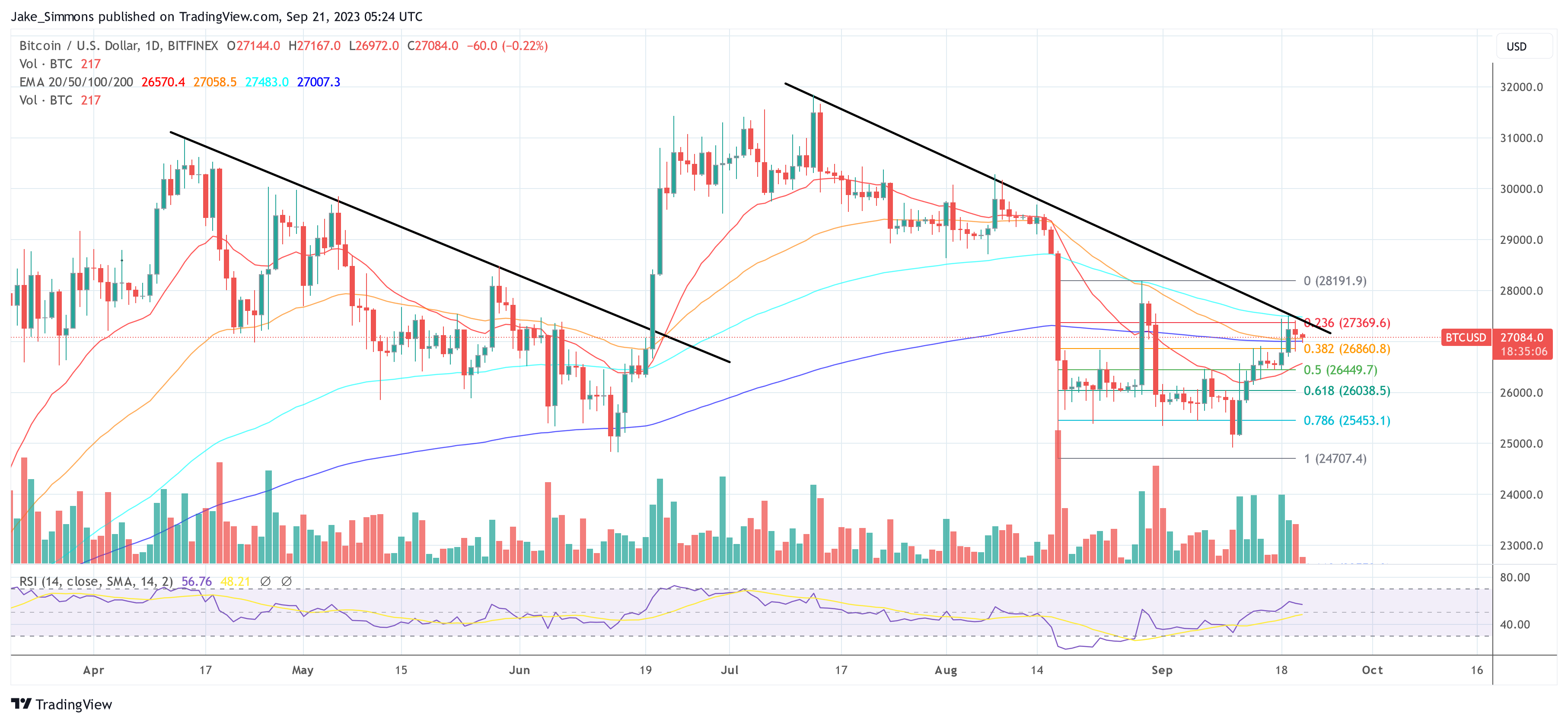Nobuaki Kobayashi, the Rehabilitation Trustee for the once-prominent Bitcoin exchange Mt. Gox, has announced an alteration to the previously set repayment deadlines for creditors. Originally slated for October 31, 2023, the deadline of the Base Repayment, the Early Lump-Sum Repayment, and the Intermediate Repayment has been extended by a year, with repayments now expected to be completed by October 31, 2024.
In a formal communication, Kobayashi stated, “Given the time required for rehabilitation creditors to provide the necessary information, and for the Rehabilitation Trustee to confirm such information and engage in discussions… the Rehabilitation Trustee will not be able to complete the repayments… by the deadline.” However, it’s worth noting that for those creditors who have promptly provided their requisite details, sequential repayments could start as early as the close of this year.
The altered schedule comes in light of certain complexities involving “discussions and information sharing with banks, fund transfer service providers, and Designated Cryptocurrency Exchanges” critical to the repayment process. Kobayashi emphasized, “Please note that the schedule is subject to change depending on the circumstances, and the specific timing of repayments to each rehabilitation creditor has not yet been determined.”
In April of this year, Kobayashi announced that the deadline for creditors to submit repayment data had passed. After several years of repeated delays, this put the repayment within reach for victims of the Mt Gox hack. Today’s announcement could be perceived by some as another setback, although the final repayments are getting closer.
Bitcoin Price Implications
The effects of the extended timeline on the Bitcoin market, though speculative, need a nuanced examination. In general, the market is probably relieved that the deadline is being pushed back, although fears may be exaggerated.
Under the rehabilitation plan, the Mt. Gox trustee is poised to reimburse a sum of 141,686 Bitcoin (BTC), 143,000 Bitcoin Cash (BCH), and a considerable 69 billion yen. Yet, the sheer magnitude of this reimbursement may not translate directly to a linear market impact.
Firstly, while creditors had the option to receive repayments in crypto or fiat until the April deadline, not all the reimbursed BTC will enter the market simultaneously. As the plan outlines, “the first 200,000 yen (around $1,520) of each creditor’s claim will be paid in yen.”
Thereafter, for claims that exceed this sum, the creditors can opt between receiving 71% in crypto and the remaining 29% in fiat. This staggered and mixed-format repayment lessens the potential of a large, single-point influx of BTC into the market.
Furthermore, it’s essential to consider the decisions of significant creditors. Bitcoinica and the Mt. Gox Investment Funds, two of the most substantial creditors, represent an estimated 20% of all claims. Notably, Mt. Gox Investment Fund has already clarified, as highlighted by a Bloomberg report, its intention to retain their BTC rather than liquidate it immediately. Such decisions by large creditors further reduce the immediate selling pressure on the market.
In summary, while Mt. Gox repayments have always been a topic of market interest and speculation, multiple factors – including the staggered repayment method, decisions of key stakeholders, and current market conditions – are likely to mitigate the potential for drastic market volatility.
At press time, BTC traded at $27,084.









